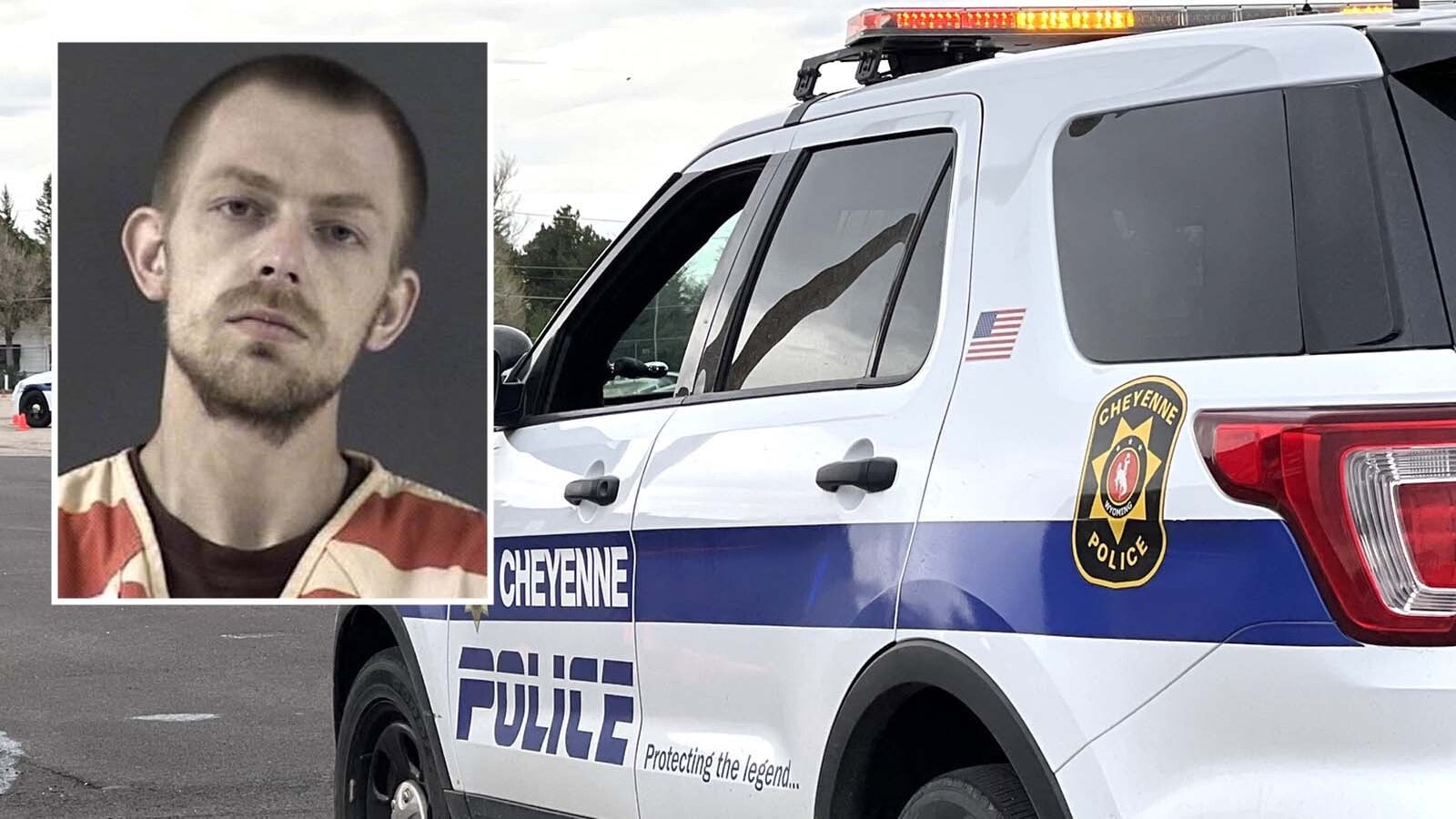The pelt of an endangered Wyoming black-footed ferret is back where it belongs in the Meeteetse Museums after a visitor stole it on an “impulse.” Despite the odds of finding a single pilfered pelt, it was recovered intact and the thief arrested, prosecuted and punished.
The pelt of Elyssa, one of the black-footed ferrets who helped the once-to-be-thought-extinct species recover and reestablish itself, had been bolted down as a touchable exhibit at the museum. The staff of the Meeteetse Museums were shocked May 22 when they realized the rare and important pelt was missing.
“We were turning things on (that Wednesday) morning, and we noticed it was missing,” said Alexandra Deselms, interim director and director of collections for the Meeteetse Museums. “It was bolted to a board, and the bolts were still there the next morning. We’re not quite sure how they removed it.”
Deselms immediately contacted the Park County Sheriff’s Office. She also called the National Black-footed Ferret Conservation Center, the agency that controls all the ferret pelts and taxidermy on display in Meeteetse.
The Sheriff’s Office proceeded with an investigation but was skeptical the pelt could be recovered.
Tailing The Thief
A critical lead in the case came almost immediately from the Conoco gas station right across the street from the museum. A distinctive vehicle was caught on camera.
“We reviewed security camera footage from Conoco and identified a possible suspect vehicle,” said Park County Sheriff’s Office spokesperson Monte McClain. “As luck would have it, Sheriff (Darrell) Steward located it at the Buffalo Bill Center of the West’s parking lot in Cody and made contact with the person about 30 minutes later.”
When Steward approached the “distinctive” van in the Buffalo Bill Center’s parking lot, he found Miles D. Huff, 21, inside with his girlfriend. The couple had been the last people to visit the museum before it closed the day before the pelt was discovered missing.
When asked about the theft, Huff immediately produced the ferret pelt and was arrested for one count of misdemeanor theft.
“He couldn't provide any reason beyond an impulse,” McClain said.
Huff appeared at Park County Circuit Court on the morning of May 24 and immediately pleaded guilty.
“He said, ‘I don't know what came over me. I don't know why I did it. I am guilty,’” McClain said.
Huff was sentenced to time served, six months of unsupervised probation and $420 in fines and costs. That’s a small price to pay, especially considering that if he had taken the stolen pelt of an endangered species across state lines, he could’ve been charged with a federal crime.
Pelt Priorities
Huff had not damaged the black-footed ferret pelt while removing it. It’s since been returned to the Meeteetse Museums.
Deselms said they’re ecstatic to have the pelt back and have learned much from the experience. They still want to exhibit the pelt as a touchable exhibit for visitors, but there will be more security for the interactive experience.
“We will be changing how we display it so that people can still touch it, but it's more secure,” she said. “We had been starting to look into video security systems, that's become more of a priority. That will probably be our next priority.”
Meeteetse is intimately tied to the conservation success of the black-footed ferret. The species was declared extinct in 1979 until a Meeteetse rancher stumbled upon a wild population on a ranch in 1981.
The National Black-Footed Ferret Conservation Center was established in Carr, Colorado, to facilitate the captive breeding and reintroduction of black-footed ferrets in the United States through methods like cloning. All extant ferrets are descended from the rediscovered Meeteetse population.
Deselms said keeping the pelt accessible to the public is a priority. Allowing people to touch Elyssa’s fur gives them a tangible connection to the community that was crucial in saving the black-footed ferret from extinction.
“People can actually feel a black-footed ferret, and that's very special,” she said. “They are endangered wild animals. Even if you see one, you're not going to get to touch it. So, it's very special to touch the pelt at our museum.”
Andrew Rossi can be reached at arossi@cowboystatedaily.com.








